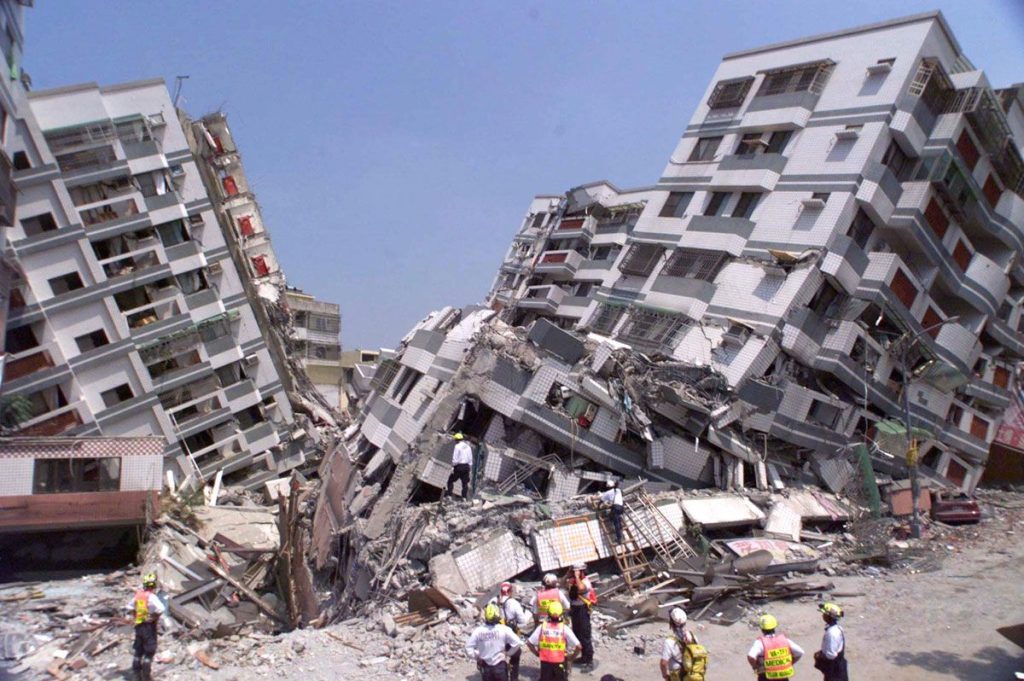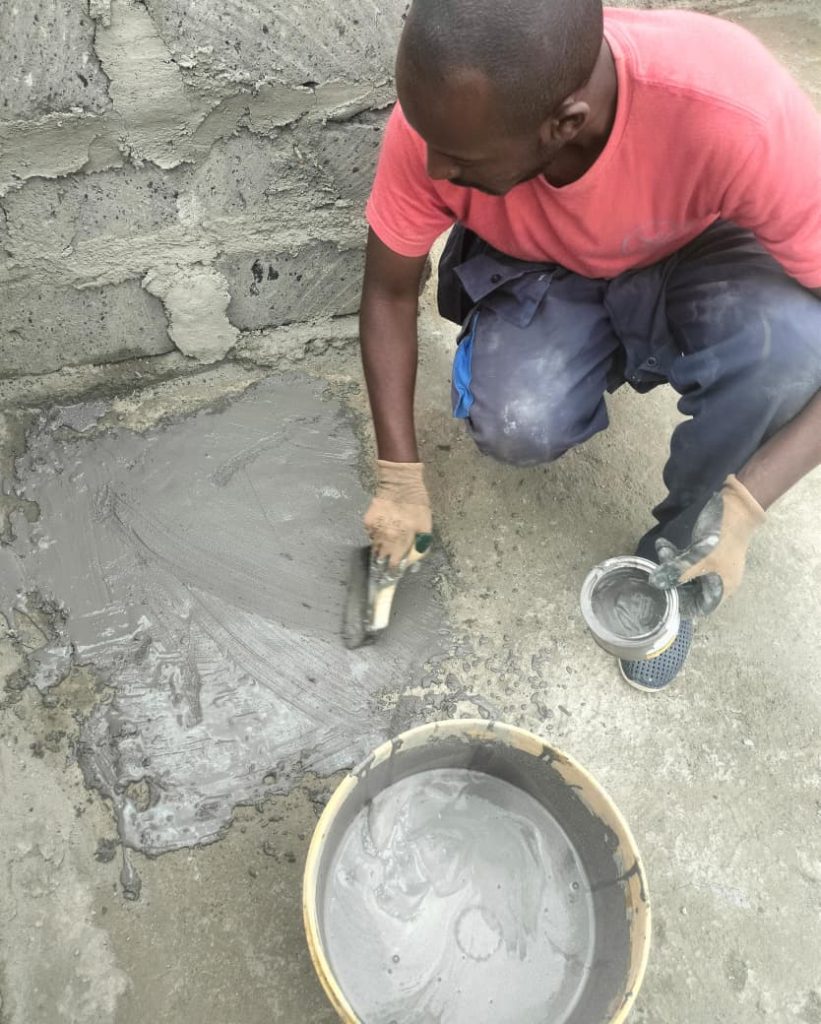When it comes to choosing the right flooring for your kitchen, there are many factors to consider: style, durability, ease of maintenance, and of course, budget. Laminate flooring has long been a popular choice in homes, and it offers the look of wood or stone at a more affordable price point. But is it a good fit for the kitchen, where moisture, spills, and heavy foot traffic are everyday occurrences? In this article, we’ll look at the pros and cons of laminate flooring for your kitchen to help you make an informed decision.
What is Laminate Flooring?
Laminate flooring is a multi-layer synthetic material designed to mimic the appearance of natural wood, stone, or tile. The top layer is a photographic image that gives the flooring its realistic look, while the core is made of high-density fiberboard (HDF) or medium-density fiberboard (MDF). The layers are fused together under heat and pressure, creating a durable and stable surface.
Laminate is known for its affordability, ease of installation, and impressive range of design options, making it a popular choice for various areas of the home, including the kitchen.
Pros of Laminate Flooring in the Kitchen
Affordability
One of the biggest advantages of laminate flooring is its price. Laminate is significantly less expensive than hardwood or tile, making it an attractive option for those looking to update their kitchen without breaking the bank. You can achieve the look of high-end materials like hardwood or stone at a fraction of the cost.
Wide Variety of Designs
Laminate flooring comes in an extensive array of styles, colors, and textures. Whether you want the appearance of rich, dark wood, light oak, or elegant stone tiles, there’s a laminate option to suit your kitchen’s aesthetic. Plus, laminate can mimic other flooring materials so closely that it’s hard to tell the difference at first glance.
Durability and Scratch Resistance
Laminate flooring is quite durable and resistant to scratches, which is important in a busy kitchen environment. With kids, pets, and high foot traffic, having a surface that can withstand daily wear and tear is essential. Although it’s not as indestructible as tile, it holds up well under normal conditions.
Easy Maintenance
Laminate is relatively low-maintenance. It’s easy to clean and doesn’t require special treatments or refinishing like hardwood. Spills can be wiped up quickly without leaving stains or marks, making it ideal for kitchens where messes are common. Routine cleaning is as simple as sweeping or mopping.
Quick and Easy Installation
Many laminate flooring options feature a click-lock installation system, meaning they can be installed without the need for nails, glue, or staples. This makes it a great option for DIYers who want to save on installation costs. With a little patience, you can transform your kitchen in just a weekend.
Cons of Laminate Flooring in the Kitchen
Moisture Sensitivity
One of the biggest drawbacks of laminate flooring in the kitchen is its susceptibility to moisture. While laminate is water-resistant to some degree, prolonged exposure to water or spills can cause it to warp or swell. This is a concern in kitchens, where water is frequently splashed or spilled. To protect your laminate flooring, it’s essential to wipe up spills promptly and use area rugs or mats in areas prone to moisture, like under the sink or near the stove.
Not as Durable as Tile or Hardwood
Although laminate is durable, it doesn’t have the same level of longevity as ceramic tile or hardwood flooring. Over time, laminate may show signs of wear, such as fading or peeling at the edges, especially if it’s exposed to heavy traffic or moisture over an extended period. Tile and hardwood are more resilient and can last for decades with proper care.
Resale Value
While laminate flooring can be an attractive option for homeowners on a budget, it might not add as much value to your home as other flooring options like hardwood or tile. In some markets, potential buyers may see laminate as a less desirable option, which could affect your home’s resale value. However, if you’re planning to stay in the home for years, this might not be a major concern.
Sound Quality
Laminate flooring can sometimes produce a hollow or echoing sound when walked on, especially in larger kitchens or areas with high ceilings. Some higher-end laminates have soundproofing features to address this issue, but it’s something to consider if you’re sensitive to noise.
Seams and Edges
While laminate flooring is relatively seamless when installed, the edges can sometimes become visible over time, particularly if moisture has caused the boards to expand. This can result in gaps or uneven surfaces along the perimeter of your floor, which may require repairs or maintenance.
How to Make Laminate Flooring Work in Your Kitchen
If you decide to go with laminate flooring for your kitchen, there are a few tips to ensure its longevity and performance:,
- Opt for Moisture-Resistant Laminate: There are newer, water-resistant laminate products on the market that are specifically designed for high-moisture areas like kitchens and bathrooms. These can help minimize the risk of water damage.
- Use Mats and Rugs: Place mats or rugs in high-risk areas, such as under the sink, around the dishwasher, and in front of the stove. This will help protect the flooring from excess water and wear.
- Clean Up Spills Immediately: To avoid damaging your laminate, clean up spills right away. Don’t let standing water sit on the floor for too long.
- Install a Moisture Barrier: When installing laminate, consider using a moisture barrier underlayment to provide an extra layer of protection against water damage.
Conclusion
Laminate flooring can be a great choice for kitchens, offering affordability, durability, and a wide variety of styles. It works particularly well in homes where budget is a concern or where the kitchen isn’t exposed to excessive moisture. However, if your kitchen sees a lot of water or you’re seeking a long-term, high-end solution, you might want to consider alternative flooring options like tile or hardwood.
Ultimately, laminate flooring offers a blend of style and practicality, making it a solid option for many homeowners looking to enhance their kitchen space without breaking the bank. Just be sure to maintain it properly, and it can serve you well for many years to come!



